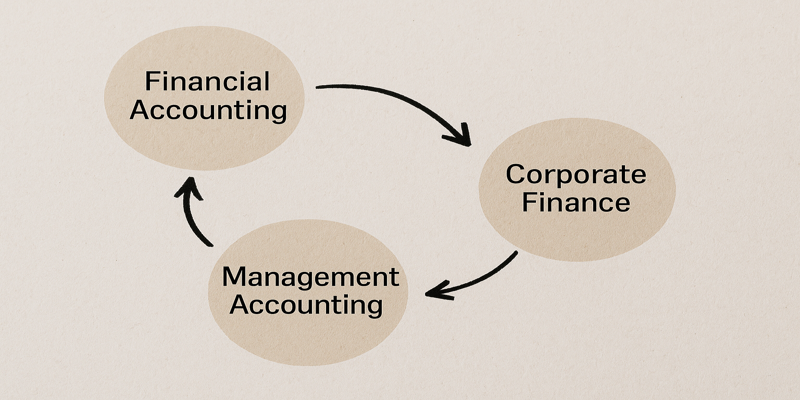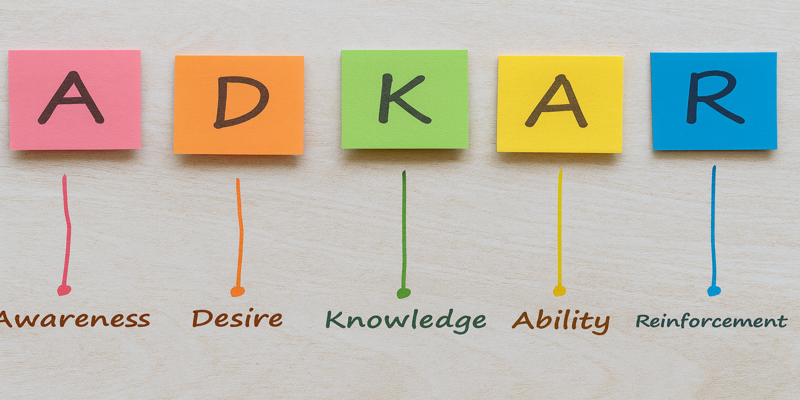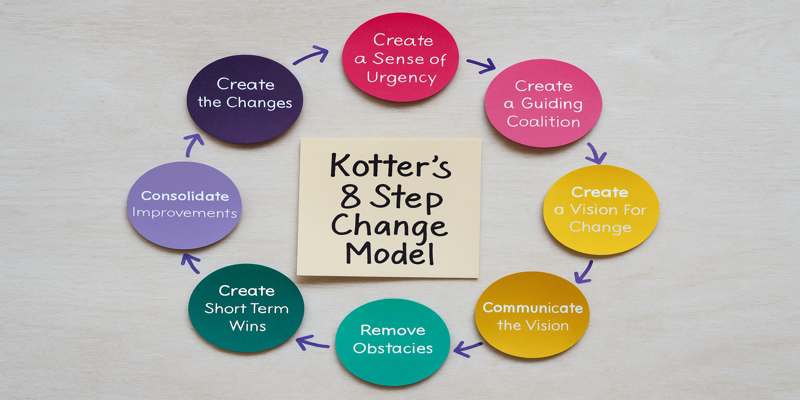Operations Management: Overview of Key Study Topics Within the Field
Operations Management (OM) is a vital discipline within business and management studies that focuses on the efficient design, operation, and improvement of organisational processes. At its core, OM seeks to ensure that resources are utilised effectively to deliver goods and services that meet customer expectations in terms of quality, cost, flexibility, and speed. Two of the most prominent areas within this field are Supply Chain Management (SCM) and Quality Management (QM). This article provides an overview of these key topics, exploring their theoretical foundations, tools, and practical applications in modern organisations. 1.0 Supply Chain Management 1.1 Definition and Importance Supply Chain Management refers to the coordination and integration of activities involved in sourcing, procurement, production, and distribution, ensuring that goods and services flow smoothly from suppliers to end consumers (Christopher, 2016). The goal of SCM is to create value for customers while maintaining cost efficiency and building sustainable competitive advantage (Chopra & Meindl, 2019). The increasing globalisation of trade, rapid technological advancements, and rising consumer expectations have elevated the importance of SCM. Companies now compete not only on the basis of individual products but also on the efficiency and responsiveness of their supply chains. For example, Amazon’s success is attributed largely to its highly sophisticated logistics and distribution systems, which allow it to deliver products faster than many competitors. 1.2 Key Components of SCM Procurement and Sourcing: This involves selecting suppliers, negotiating contracts, and ensuring a steady flow of raw materials. Strategic supplier relationships can reduce costs, ensure quality, and foster innovation (Monczka et al., 2020). Inventory Management: Effective inventory management balances product availability with the cost of holding stock. Models such as Economic Order Quantity (EOQ) and Just-in-Time (JIT) inventory are commonly studied to understand how firms can minimise waste and avoid stockouts (Heizer et al., 2020). Logistics and Distribution: SCM also encompasses the transportation and warehousing of goods. The design of a distribution network directly impacts customer satisfaction by determining delivery speed, reliability, and cost efficiency (Rushton, Croucher & Baker, 2017). Information Flow: Real-time information sharing between supply chain partners enhances coordination and reduces uncertainty. Digital technologies such as blockchain and Internet of Things (IoT) devices are increasingly applied to improve transparency and traceability (Christopher, 2016). 1.3 Challenges in Supply Chain Management Despite advances, SCM faces numerous challenges. These include supply disruptions caused by geopolitical instability, pandemics such as COVID-19, and climate-related events. For instance, the COVID-19 pandemic exposed vulnerabilities in global supply chains, highlighting the risks of over-reliance on single sources and “just-in-time” systems (Ivanov & Dolgui, 2020). Furthermore, sustainability has become a pressing concern, as organisations face pressure from governments and consumers to reduce carbon emissions and adopt environmentally friendly practices (Seuring & Müller, 2008). 1.4 Future Trends in SCM Emerging trends in SCM include the use of artificial intelligence (AI) and machine learning to predict demand, optimise routes, and detect risks. The concept of circular supply chains, which emphasises recycling and reuse, is also gaining momentum in response to climate change and resource scarcity (Geissdoerfer et al., 2017). Moreover, resilient supply chains—those that can adapt quickly to disruptions—are now prioritised, combining flexibility, digital technologies, and risk management strategies. 2.0 Quality Management 2.1 Definition and Relevance Quality Management (QM) refers to the systematic processes and activities that ensure a product or service consistently meets customer requirements and industry standards (Oakland, 2014). Unlike quality control, which focuses on detecting defects, QM adopts a broader perspective by preventing defects, improving processes, and embedding quality into organisational culture. Quality has become a crucial source of competitive advantage, as customers increasingly demand reliable, safe, and sustainable products. Organisations that excel in quality often experience enhanced customer loyalty, reduced costs associated with rework, and stronger reputations in the marketplace (Evans & Lindsay, 2017). 2.2 Key Concepts in Quality Management Quality Control (QC): QC involves monitoring and inspecting products and processes to ensure they meet established standards. Tools such as statistical process control (SPC) charts are widely used to identify variations in processes (Montgomery, 2019). Quality Assurance (QA): QA takes a proactive approach, focusing on designing processes and systems that prevent defects before they occur. Standards such as ISO 9001 provide frameworks for establishing quality assurance systems (Hoyle, 2017). Continuous Improvement: Continuous improvement, or Kaizen, encourages organisations to make incremental changes that lead to long-term efficiency and quality gains. This philosophy is central to Lean Management and Total Quality Management (TQM) approaches (Oakland, 2014). Six Sigma: This data-driven methodology focuses on reducing process variation and defects by using statistical tools such as DMAIC (Define, Measure, Analyse, Improve, Control). Companies like Motorola and General Electric have successfully implemented Six Sigma to save billions in operational costs (Antony, 2006). 2.3 Integration of Quality Management into Operations Effective quality management requires integration across the entire organisation. Employees at all levels must understand their role in ensuring quality, from frontline staff to top management. Total Quality Management (TQM) embodies this holistic approach by promoting a culture of quality, customer focus, and teamwork (Dale, Bamford & van der Wiele, 2016). Additionally, quality management is closely linked to supply chain performance. For example, working closely with suppliers to ensure raw material quality can reduce defects downstream and improve customer satisfaction. This alignment is evident in the automotive industry, where companies like Toyota have pioneered supplier development programmes to enhance overall quality (Liker, 2004). 2.4 Future of Quality Management The future of QM is increasingly tied to digital transformation. Technologies such as big data analytics, machine learning, and Internet of Things (IoT) devices enable real-time quality monitoring and predictive maintenance (Srinivasan, 2019). Furthermore, as sustainability becomes a global priority, quality management is expanding beyond product performance to include social responsibility, ethical sourcing, and environmental stewardship (Juran & Godfrey, 1999). 3.0 Integrating SCM and QM While SCM and QM are often studied separately, in practice they are deeply interconnected. A well-functioning supply chain cannot be achieved without a focus on quality, and high quality is difficult to maintain without efficient supply chain practices. For instance, Lean Six Sigma combines … Read more










